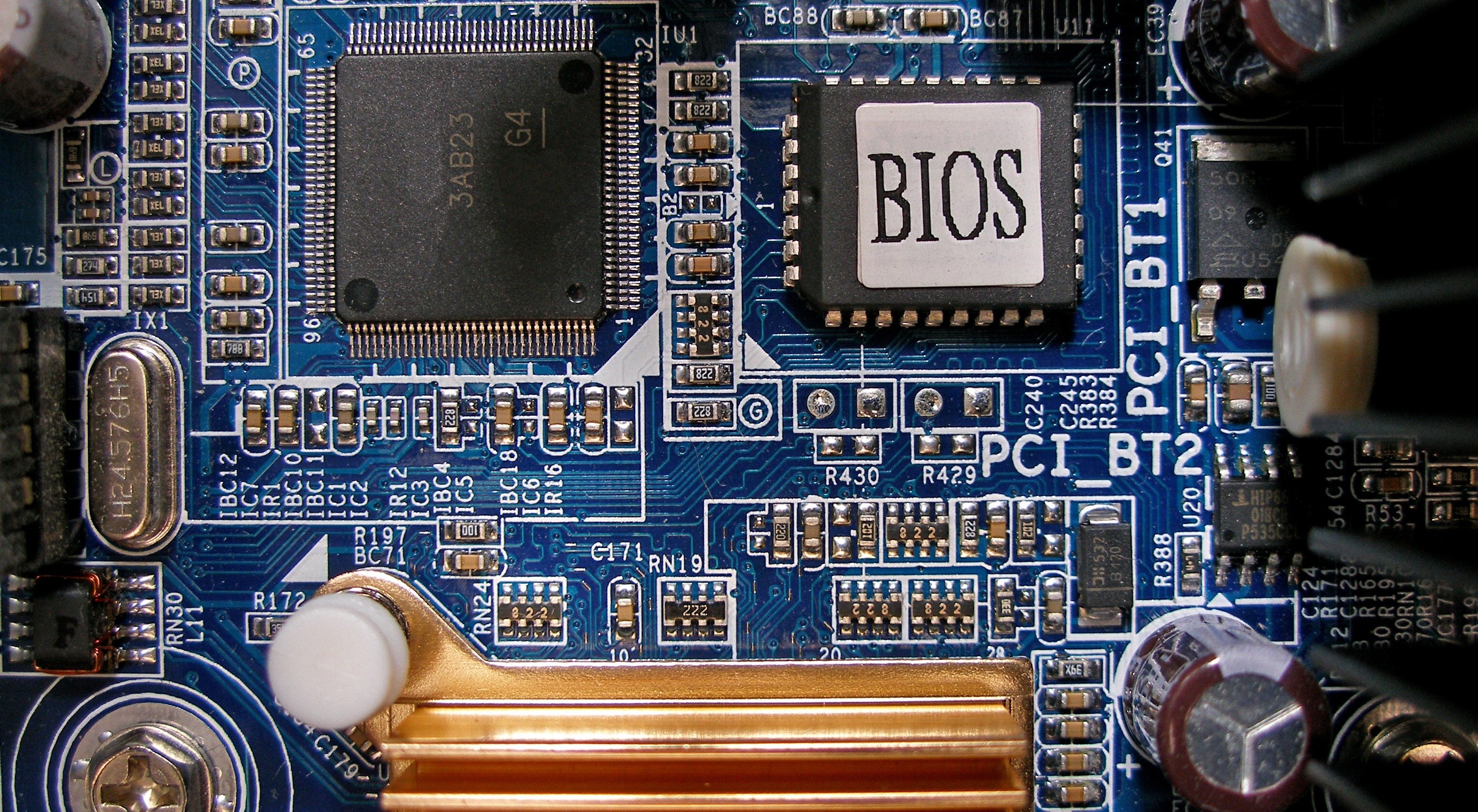Yes, Sir, you can use the bios USB port as a basic USB port.
Is it okay to use the flash BIOS USB port?
USB BIOS Flashback is a feature that allows users to flash BIOS into supported motherboards even without CPU or RAM. You should be able to use them as regular USB ports; avoid touching the Flashback button and plugging in any USB devices during boot.
What USB port do I use to flash BIOS?
Always use a USB port that is directly off the motherboard. Additional note: The same applies to those of you with USB 3.0 ports. Those probably won’t work booting in this fashion, so stick to the 2.0 ports.
Can I use USB 3.0 for BIOS flash?
The brand/size of USB drive is not a factor. The only thing that makes a difference is if your board will allow bios update over USB 3.0 slot or not. Outside of that, any USB drive can be used to update bios on any half-modern motherboard.
How do I download BIOS from USB?
How to Flash a BIOS From USB Insert a blank USB flash drive into your computer. Download the update for your BIOS from the manufacturer’s website. Copy the BIOS update file onto the USB flash drive. Restart the computer. Enter the boot menu. Wait a few seconds for the command prompt to appear on your computer screen.
Where do I put the BIOS to update my USB?
Updating BIOS – UEFI Method Take the BIOS update you downloaded from the manufacturer’s website and place it on the USB stick. Leave the stick plugged into your computer and then restart the system.
What does USB SS10 mean?
SS + or SS10 — USB 3.1 Gen. This means that you can connect a monitor that is also used as a USB hub in parallel, with only one cable. Lightning-Thunderbolt 3. Thunderbolt 3 is designed as a USB type C port and, in addition to USB 3.1 Gen 2 and DisplayPort 1.3, also provides Thunderbolt 3 as a transmission.
What does red USB mean?
Red USB Ports When a USB port is red, it indicates the port is USB 3.2. This version supports an even faster transfer speed of up to 20 Gbit/s.
How do I enable front USB ports in BIOS?
Under the Security tab, use the up and down arrows to select USB Security, and then press Enter—a list of USB ports and their locations is displays. Use the up and down arrows to select a port, then use the left and right arrows to select either Enabled or Disabled as desired.
How do I enable USB 3.0 ports?
A) Right-click on USB 3.0 (or any mentioned device in your PC) and click on Disable device to disable the USB Ports in your device. B) Right-click on USB 3.0 (or any mentioned device in your PC) and click on Enable device to enable the USB Ports in your device.

How do I enable my USB?
Enable USB Ports via Device Manager. Click the Start button and type “device manager” or “devmgmt. Click “Universal Serial Bus controllers” to see a list of USB ports on the computer. Right-click each USB port, then click “Enable.” If this does not re-enable the USB ports, right-click each again and select “Uninstall.”.
Do I need an empty USB for BIOS?
Bios only reads fat32. If the USB stick has been formatted NTFS previously, then backup your data as the changing format will wipe it. USB sticks can still have stuff that doesn’t matter as long as it’s fat32 formatted.
Can I flash my BIOS with the CPU installed?
The CPU is physically compatible with the motherboard, and it will work just fine after a BIOS update, but the system will not POST until you update the BIOS.
What happens when you flash BIOS?
Flashing a BIOS merely means updating it, so you don’t want to do this if you already have the most updated version of your BIOS. The system information window will allow you to see the BIOS version/date number in the System Summary.
How do I install BIOS?
Update Your BIOS, or UEFI (Optional). Download the updated UEFI file from the Gigabyte website (on another working computer). Transfer the file to a USB drive. Plug the drive into the new computer, start-UEFI, and press F8. Follow the on-screen instructions to install the latest version of UEFI. Reboot.
How do I enter BIOS?
To access BIOS on a Windows PC, you must press the BIOS key set by your manufacturer, which could be F10, F2, F12, F1, or DEL. If your PC uses its power on self-test startup too quickly, you can also enter BIOS through Windows 10’s advanced start menu recovery settings.
How do I put Windows 10 on a USB?
How to install Windows 10 using bootable USB Plug your USB device into your computer’s USB port and start up the computer. Choose your preferred language, timezone, currency, and keyboard settings. Click Install Now and select the Windows 10 edition you’ve purchased. Choose your installation type.
How do I know if my BIOS needs updating?
Some will check if an update is available, and others will show you the current firmware version of your present BIOS. In that case, you can go to the downloads and support page for your motherboard model and see if a firmware update file that’s newer than your currently installed one is available.
Do I need to update BIOS?
Updating your computer’s operating system and software is important. You should only update your BIOS if the new version contains an improvement you need. BIOS updates will not make your computer faster; they generally won’t add new features you need and may even cause additional problems.